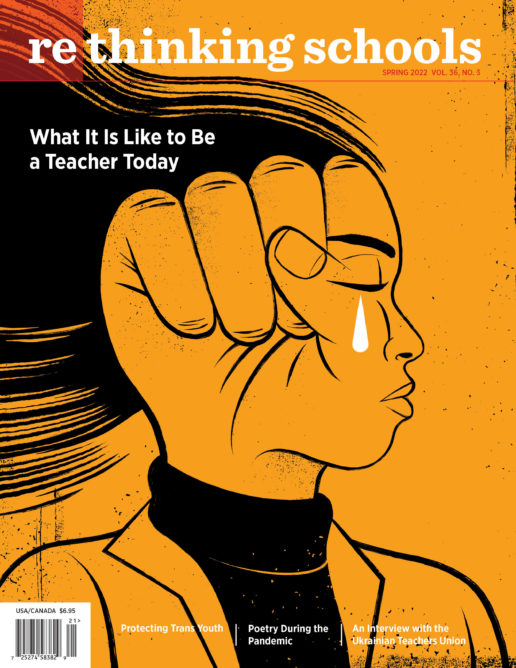Our picks for books, videos, websites, and other social justice resources: Spring 2022, Volume 36.3
Curriculum
By Judith Heumann with Kristen Joiner
(Beacon, 2021)
194 pp.
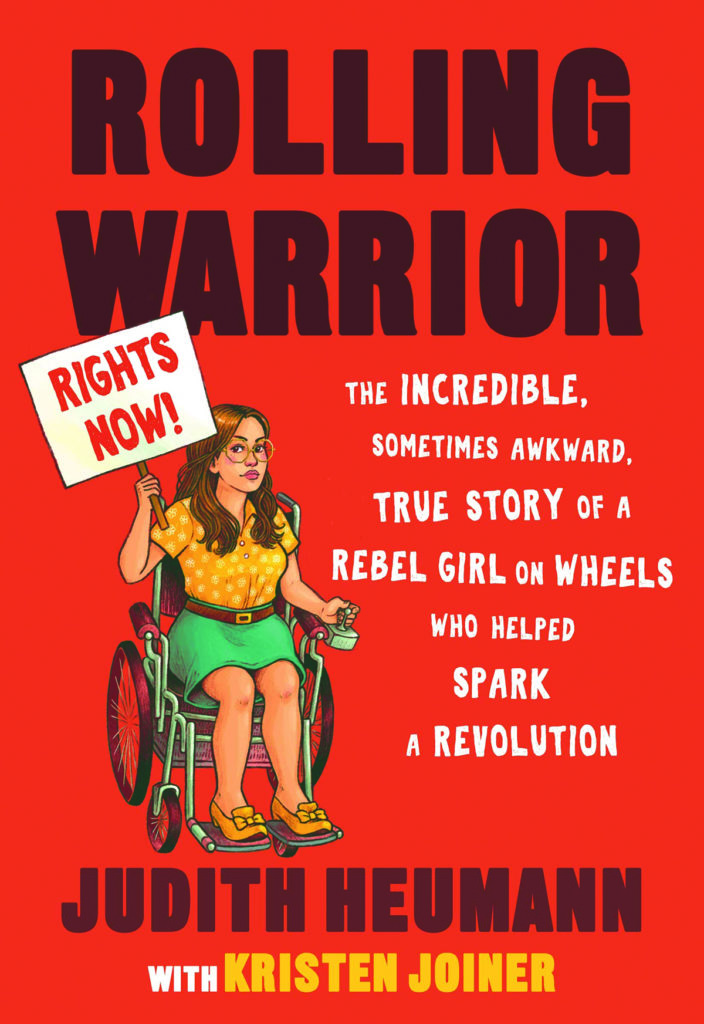
Rolling Warrior is the young adult version of Judy Heumann’s autobiography, Being Heumann: An Unrepentant Memoir of a Disability Rights Activist. It is poignant, funny, passionate, angry — and hopeful. And it is a page-turner. Judy Heumann had polio as a child and doesn’t remember a time when she didn’t use a wheelchair. She describes a life of struggle — “everything in the world had been created as if we didn’t exist.” Deemed a “fire hazard,” she could not attend school in New York City; when she was allowed into a “special” school program, expectations were dismally low, “the regular kids made me feel like I was the raisin in a bowl of candy”; high school and college were a series of obstacles and abuses; and, solely because she used a wheelchair, New York City school officials refused to let her become a teacher. But Rolling Warrior is a tale of ongoing defiance, culminating in the thrilling 1977 occupation of the federal building in San Francisco to force the Carter administration to sign the enabling regulations for Section 504 of the Rehabilitation Act of 1973 — regulations outlawing discrimination against disabled people in educational institutions that received federal funds. The chapters describing this occupation, and subsequent demonstrations in Washington, D.C., are inspiring and joyful, each page filled with a new act of solidarity — from the Black Panthers (who brought the 125 protesters dinner and snacks every day of the long occupation), local pharmacists, restaurants, churches, the machinists union, key congressmen, journalists of conscience, and so many more. Along with the excellent film Crip Camp, which also features Heumann, Rolling Warrior can play a starring role in a curriculum that celebrates the struggle for disability rights.
***
Unheard Voices of the Pandemic: Narratives from the First Year of COVID-19
Edited by Dao X. Tran
(Haymarket Books, 2021)
109 pp.
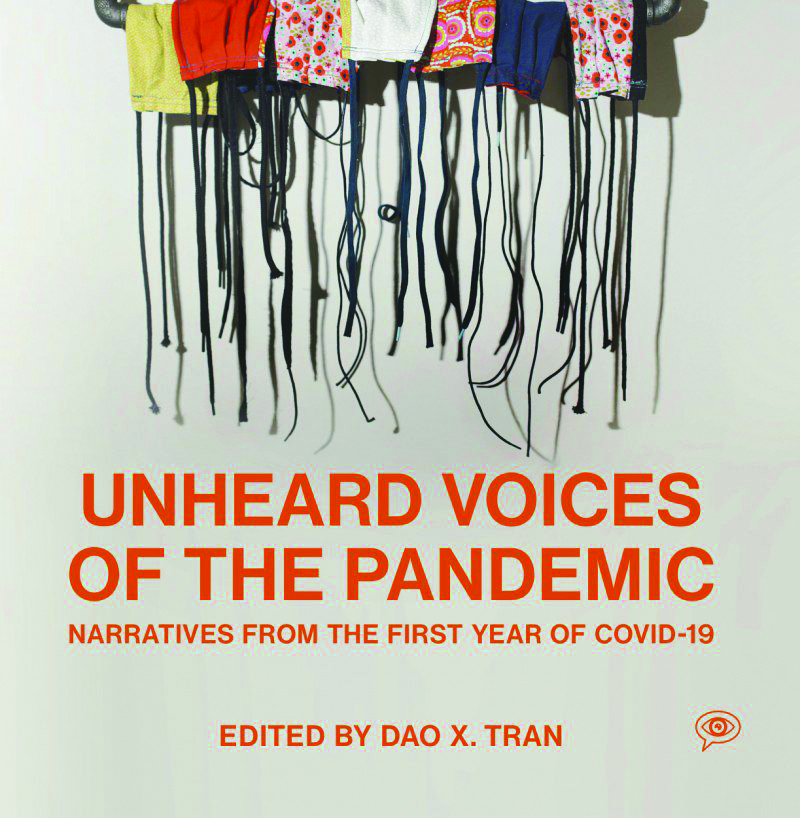
Unheard Voices of the Pandemic is a project of Voice of Witness, whose mission is “amplifying unheard voices and centering stories of historically marginalized and oppressed people . . . through oral history.” In this collection, those voices include the undocumented, the incarcerated, farmworkers, sex workers, nurses, Native people, teachers, and more. Read together, this collection illustrates the devastating impact of the pandemic, but also the devastating social conditions that predate it. Shearod McFarland, incarcerated at Parnall Correctional Facility in Jackson, Michigan: “We live in eight-man cubicles, which are approximately 20 x 13 feet. Each dorm has two communal showers, 10 toilets, 10 urinals, and 18 sinks for every 192 men . . . so the spread of a highly contagious disease like COVID-19 is inevitable if it gets into the prison.” Roberto Valdez, who picks eggplants in California: “It was 105 degrees today . . . because of the coronavirus we always cover our faces now . . . when [the masks are] dirty, it is very hard to breathe.” Many of the stories include ways people are organizing and taking care of each other. Soledad Castillo got a loan from a friend when her hours working as a foster care housing manager were halved; Farida Fernandez, a nurse in Los Angeles, organized for safer COVID protocols in her hospital: “I went to my organizing community for help because I understood this was a political problem.” Unheard Voices is a small book (six by six inches), with 17 short testimonies, each accompanied by a wonderful drawing of each narrator. It is classroom-friendly and could be easily adapted into a mixer role play activity.
***
Vanguard: How Black Women Broke Barriers, Won the Vote, and Insisted on Equality for All
By Martha S. Jones
(Basic Books, 2021)
341 pp.
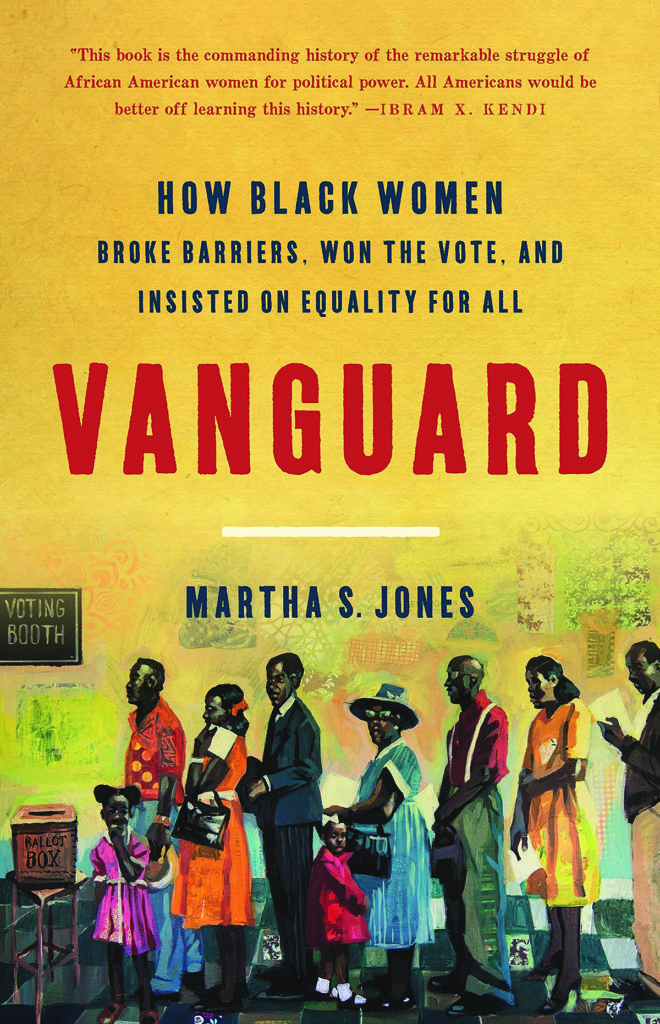
This book is a love letter to Black women’s organizing for justice. It includes profiles of more than two dozen women, some you have heard of — Ida B. Wells, Fannie Lou Hamer, Shirley Chisholm — but many more you have likely not encountered before. There is Jarena Lee, who transformed expectations around women’s roles in the church by becoming a traveling AME preacher in the early 19th century; Hester Lane, a formerly enslaved woman who started a successful home decorating business in New York City, rising to prominence in the American Anti-Slavery Society; Mary Ann Shadd, publisher of the Provincial Weekly, a newspaper that advocated against slavery and for the right of women to speak and write in public, own and control property, and work — in politics and professional settings. Educators cannot teach what they do not know. This book is a wonderful opportunity to ask “Where can these women show up in my curriculum?”
***
Film
Necessity: Climate Justice & the Thin Green Line
Directed by Jan Haaken and Samantha Praus
(2022)
57 min.
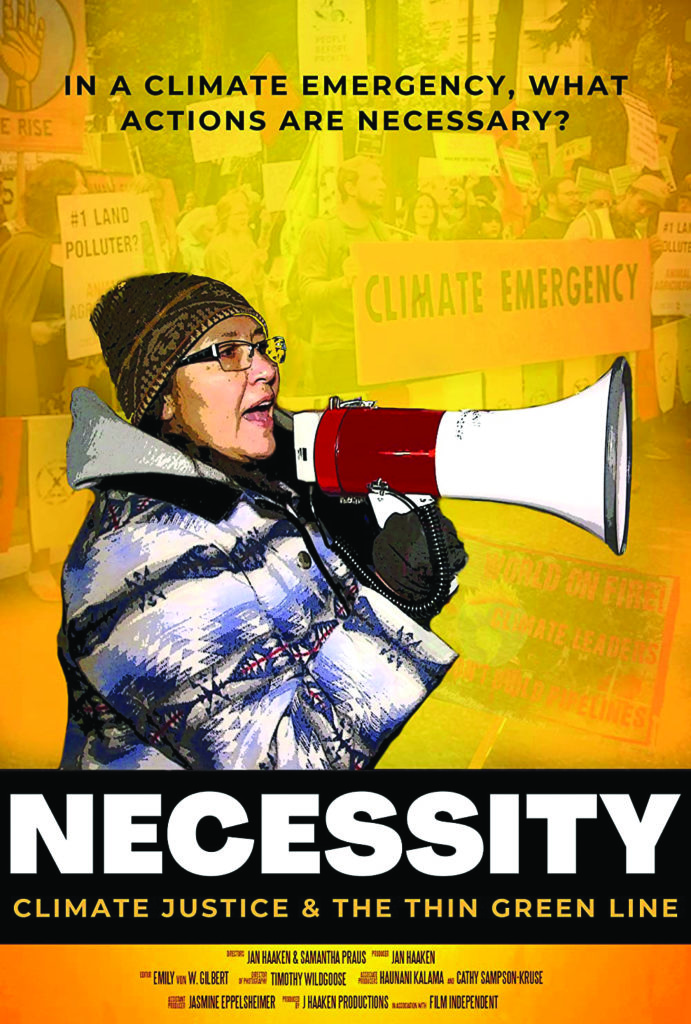
Filmmakers Jan Haaken and Samantha Praus are making available the second installment of their two-part documentary series on climate resistance, Necessity, to teachers for educational use. Necessity: Climate Justice & the Thin Green Line examines stories of activism in the Pacific Northwest. The film roots today’s struggles for climate justice, often led by Indigenous people, in the history of settler colonialism — war, treaties, rivers, and dams — along the Columbia River. Tribal leaders, Indigenous activists, and their non-Indigenous allies resist oil trains and trucks and, in one key case, are arrested for a direct action at Zenith Energy in Portland. Those arrested — including a retired middle school teacher — mobilize the “necessity defense” to argue their actions were justified to stop an immediate and grave danger. Young people sometimes express hopelessness and frustration that “adults aren’t doing anything” about the climate emergency. The stories of activism featured in Necessity can be a heartening reminder to our students that they have not been abandoned — some adults are doing what’s necessary to save us all. Educators can request to show the film through the Zinn Education Project (a collaboration of Rethinking Schools and Teaching for Change) at www.zinnedproject.org/materials/necessity-film.
***
Illustrated Books
My Two Border Towns
Spanish edition: Mis dos pueblos fronterizos
By David Bowles
Illustrated by Erika Meza
(Kokila, 2021)
40 pp.
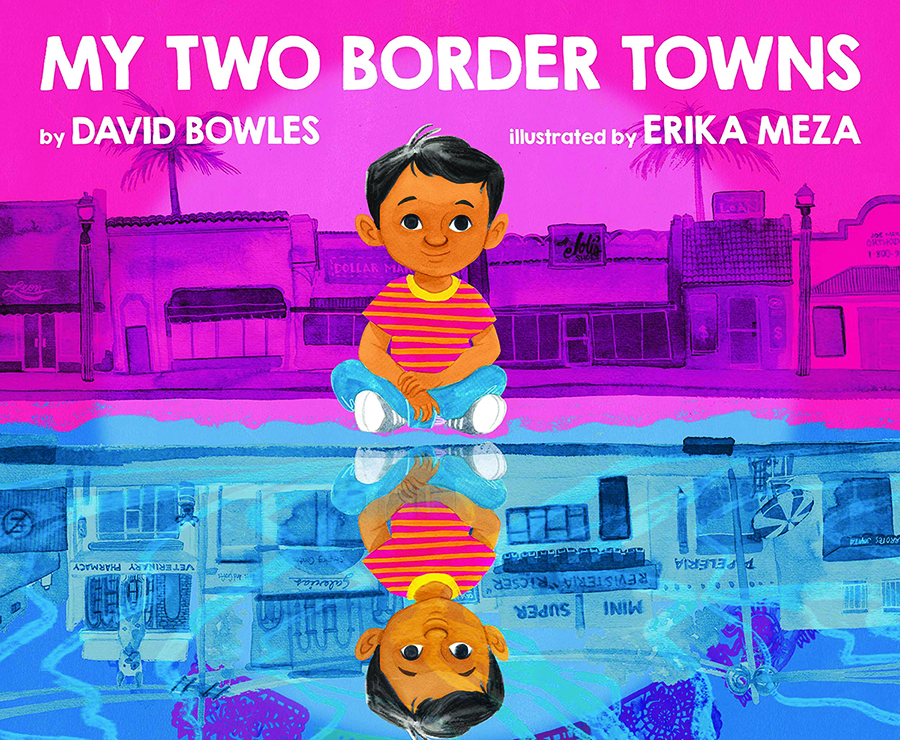
Through vibrant detailed illustrations and a young boy’s narration of his regular Saturday trip with his dad to the twin town on the other side of the river, Bowles and Meza offer teachers a way to bring immigration, refugees, the U.S.-Mexico border — and empathy — into the early elementary classroom. For example, a non-U.S.-centric description of the border accompanies a beautiful bird’s-eye view: “Dad reminds me: Coahuiltecans once lived here, before all this was Mexico — both riverbanks. Now we’re two countries.” Later, as the boy and his father cross the bridge back into the United States: “A line of people camp along the edge, entire families from the Caribbean and Central America. Refugees, Dad calls them. Stuck between two countries.” Checking in with a refugee family they’ve gotten to know on the bridge, the boy and his dad give them the supplies they’ve gathered during their other stops. The boy’s perspective will resonate with young students and K–2 teachers, and could be used to spark conversations that further nuance borders, privilege, and unfairness.
***
Yes! No! A First Conversation About Consent
By Megan Madison and Jessica Ralli
Illustrated by Isabel Roxas
(Penguin, 2022)
36 pp.
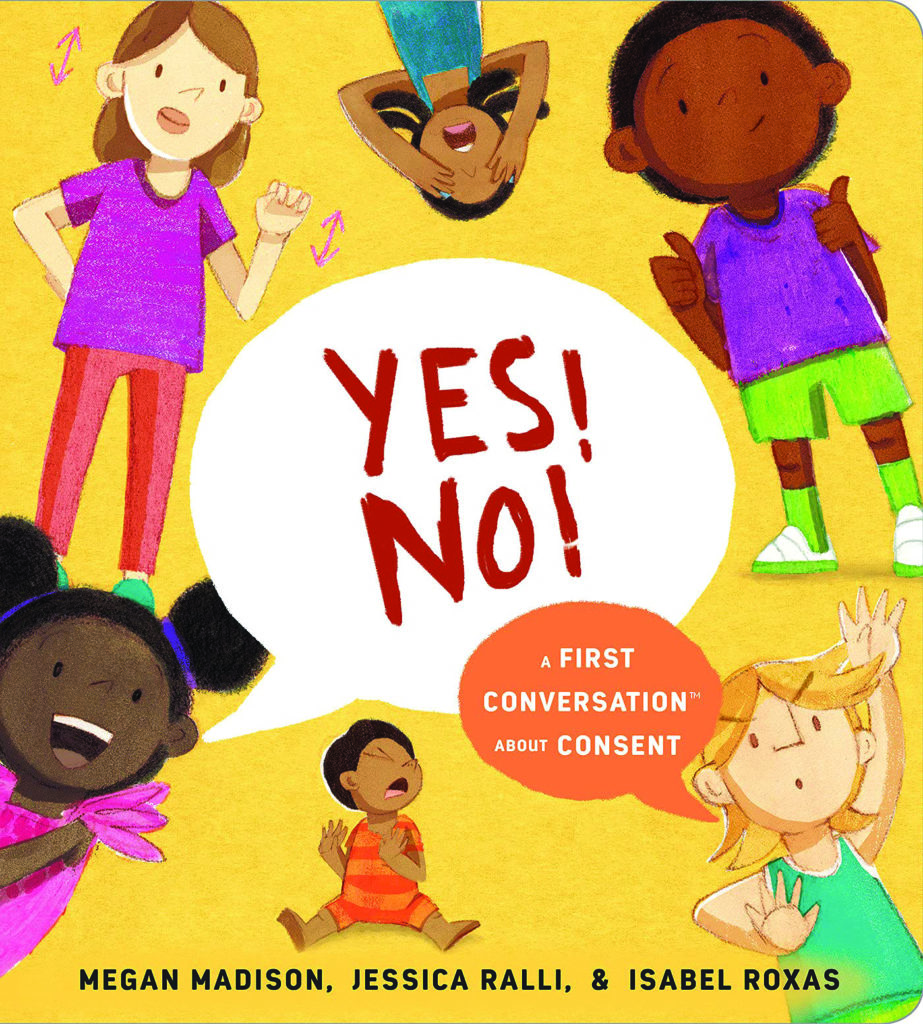
Consent is a big deal for 3- to 5-year-old students. As a population who navigates their days around people who exert power — both peers and adults — conversations about consent are critical for building a safe classroom environment. Expressing one’s feelings, understanding others’ perspectives and standing up for oneself are par for the course in an early childhood classroom. Megan Madison and Jessica Ralli, authors of Our Skin: A First Conversation About Race and Being You: A First Conversation About Gender, with illustrator Isabel Roxas, have created another remarkable book that addresses a big idea that young children, older children, and adults grapple with daily. Even before the main content begins, the authors encourage the reader to model securing consent by asking the child “Do you want to read this book with me?” The illustrations depict scenarios where consent comes up in real-life contexts and portray thoughtful interactions for young children. Yes! No! serves as a reminder to look and listen for the wants and needs of others, of the ways one can model respect and show empathy, and to reflect on how we foster children’s development of healthy boundaries.
By Irene Latham and Karim Shamsi-Basha
Illustrated by Yuko Shimizu
(Penguin, 2020)
40 pp.
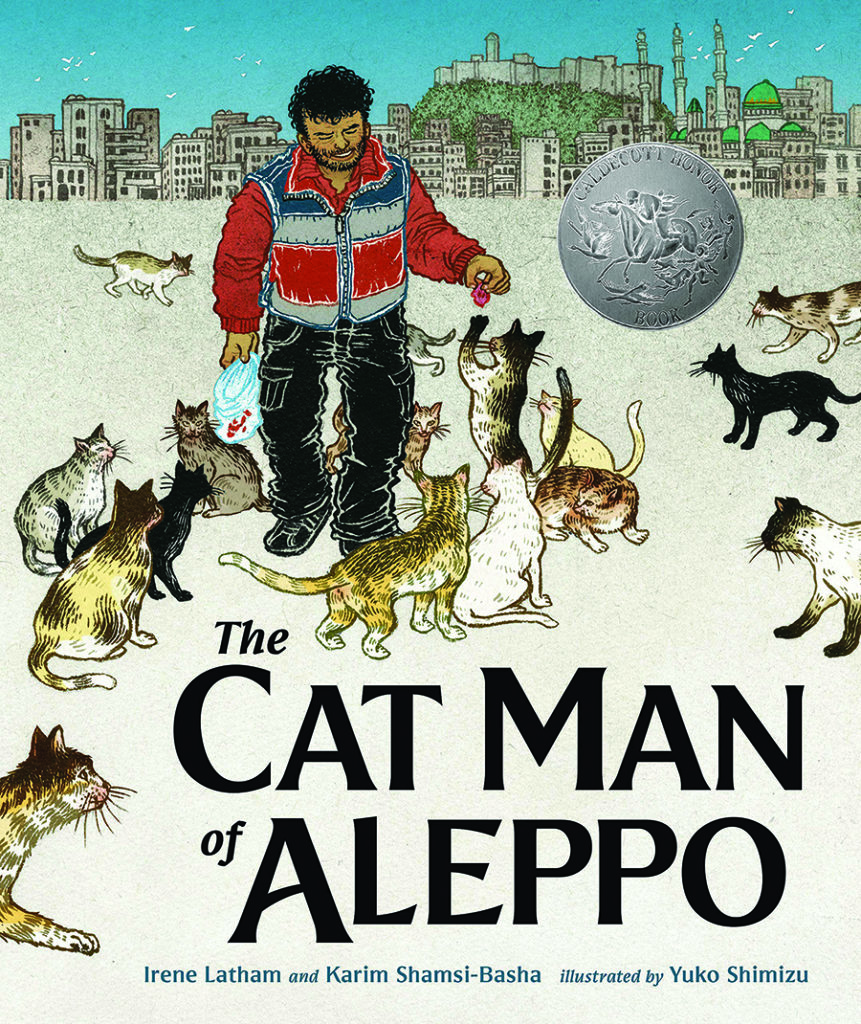
This beautifully illustrated nonfiction picture book tells the story of an ambulance driver, Mohammad Alaa Aljaleel, who saved the abandoned cats in the city of Aleppo when war came to Syria. Although the book depicts the vibrant city before and after bombings forced many to flee their homes, the story’s focus is not war and devastation, but the solidarity and beauty shown by Alaa and others. As the story unfolds Alaa saves both people and cats left behind. When his story is told on the BBC, donations pour in from around the world, and Alaa builds a cat sanctuary, a playground, and a well. Although The Cat Man of Aleppo is a great read-aloud book for elementary students, it could also serve as a writing/research prompt in middle and high school.
***
Christopher the Ogre Cologre, It’s Over!
By Oriel María Siu
(orielmariasiu.com, 2021)
42 pp.
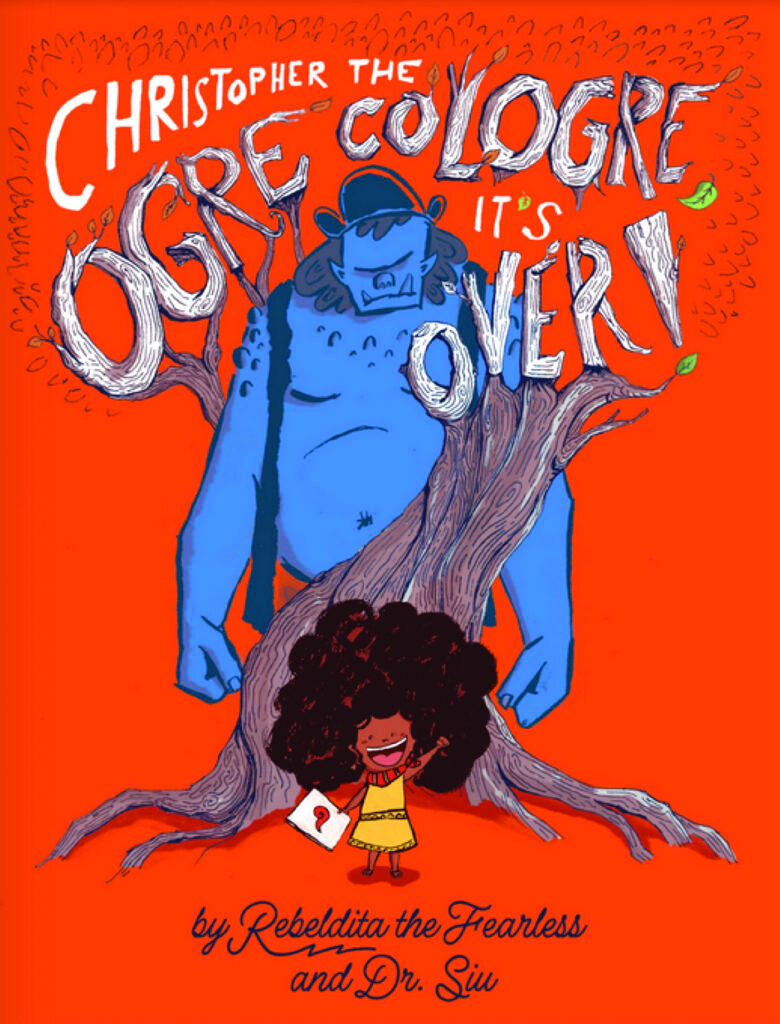
Author Oriel María Siu writes that she wants her books to undermine the “foundational fairytales” too many children grow up with. Siu argues that “children are fully capable of engaging, contesting, and becoming empowered by the truth — when we allow for it.” Christopher the Ogre Cologre, It’s Over! is told in rhyme, with echoes of Dr. Seuss — if Dr. Seuss were an anti-racist and anti-imperialist who sought to puncture the Columbus-discovers-America myth. Describing Cologre’s colonial plunder Siu writes:
They put jaguars and mountains with all of the gold
in dirty great ships
to later be sold.
They looted the rivers and took every bird,
they burnt all their great books,
’twas completely absurd!
But plunder is met by the resilience of abuelita, the Big Ceiba tree, and the hundreds of children who grow traditional foods and nurture memories: “the children never forgot to share fair-and-square, as Cologre had not.” Christopher the Ogre Cologre, It’s Over! is not for young children. But the book could be used as a prompt for upper elementary through high school students to imagine their own counter-colonial narratives as alternatives to the celebration of flag-planting invaders, which still characterizes too much curriculum.
***
Reviewed by Bill Bigelow, Ursula Wolfe-Rocca, Linda Christensen, Elizabeth Barbian, and Makai Kellogg.

